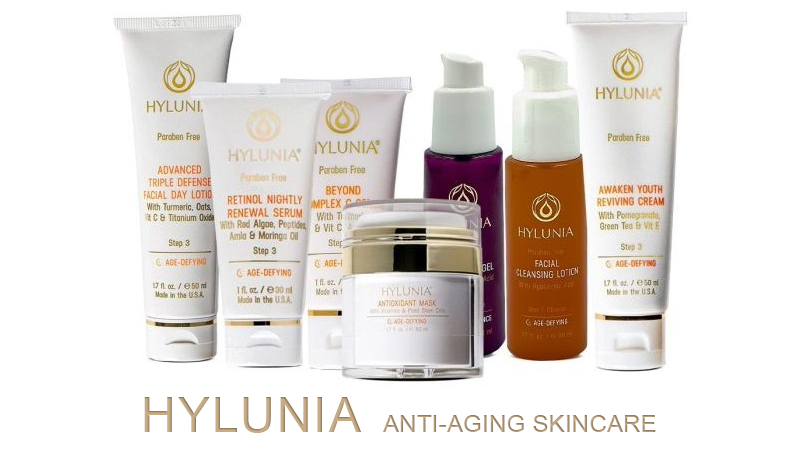
If you’re dealing with redness or inflammation, you know how frustrating it can be to find the right skincare routine. Skin that flares up, feels hot, or just looks red can throw a wrench in your plans for a glowing complexion. But don’t worry—there are ways to calm, soothe, and protect your skin. Here’s how to build a routine that shows your skin some serious TLC.
Contents
Understanding Redness and Inflammation in Skin
Redness and inflammation can result from various factors, from environmental triggers to underlying skin conditions. While occasional redness is common, persistent inflammation may need more targeted care. Let’s break down the main causes to help you understand what might be at play with your skin.
Common Causes of Redness and Inflammation
- Environmental Irritants: Pollution, weather changes, and sun exposure can all irritate the skin, leading to redness.
- Skin Sensitivities: Some people are simply more sensitive to certain ingredients or even fabrics, leading to contact dermatitis.
- Skin Conditions: Conditions like rosacea, eczema, and psoriasis often bring along chronic inflammation.
- Allergic Reactions: From skincare ingredients to pollen, allergies can cause inflammation and redness.
Understanding what’s causing your skin’s reaction can help you select products and ingredients that won’t exacerbate the problem. Let’s dig into how to build a routine around soothing, calming, and protecting your skin from further irritation.
Step 1: Choose a Gentle Cleanser
A gentle cleanser is the foundation of any skincare routine, but it’s particularly important for inflamed or red skin. Harsh cleansers can strip your skin’s natural oils, which may leave it vulnerable to further irritation. Look for a cleanser that removes dirt and oil without disturbing your skin’s moisture barrier.
Ingredients to Look For
When choosing a cleanser for sensitive or red-prone skin, reach for these soothing ingredients:
- Aloe Vera: Known for its calming properties, aloe vera can help reduce redness.
- Chamomile: This ingredient is often found in calming cleansers due to its anti-inflammatory effects.
- Glycerin: A gentle humectant that pulls moisture into the skin, helping to keep it hydrated without irritation.
Avoid foaming cleansers with sulfates, as they can be drying and may worsen redness. Stick with cream or gel-based cleansers that are fragrance-free and non-comedogenic.
Step 2: Use a Calming Toner (If Your Skin Tolerates It)
Not everyone with inflamed skin needs a toner, but for those who do, a calming, alcohol-free toner can help. The right toner can provide a layer of hydration and soothe the skin post-cleansing. But it’s essential to pick one that doesn’t add to the irritation.
Ingredients to Consider in a Toner
- Green Tea Extract: Rich in antioxidants and known for its anti-inflammatory effects, green tea can calm irritation.
- Calendula: A gentle, skin-soothing ingredient that’s ideal for sensitive skin.
- Centella Asiatica: Also known as Cica, it’s famous in K-beauty products for soothing and healing the skin.
Use a cotton pad or your hands to gently press the toner into your skin rather than rubbing. This will help avoid any unnecessary friction that can lead to more redness.
Step 3: Moisturize with Care
Moisturizers are essential for keeping the skin barrier strong and protected. Choose one that hydrates without clogging pores or adding too much weight. The ideal moisturizer for sensitive skin should offer a balance of hydration and barrier support without overwhelming the skin.
Key Ingredients for Moisturizers
These ingredients are ideal for a soothing, hydrating moisturizer:
- Ceramides: These help strengthen the skin barrier, making it more resistant to irritants.
- Niacinamide: Known for reducing redness and inflammation, niacinamide is well tolerated by most skin types.
- Hyaluronic Acid: A deeply hydrating ingredient that works well without causing irritation.
Apply moisturizer in gentle, upward strokes, and avoid rubbing too harshly. The goal is to support the skin, not stress it!
Step 4: Sun Protection is Non-Negotiable
Sun exposure is one of the biggest culprits behind skin irritation and inflammation. UV rays can worsen redness and make your skin more vulnerable to environmental stressors. That’s why a good sunscreen is non-negotiable, even on cloudy days.
Choosing a Sunscreen for Sensitive Skin
- Mineral Sunscreens: Opt for physical sunscreens with zinc oxide or titanium dioxide. They tend to be less irritating than chemical sunscreens.
- SPF 30 or Higher: Choose at least SPF 30 for effective protection against both UVA and UVB rays.
Look for sunscreens specifically labeled as “safe for sensitive skin” or “hypoallergenic.” Apply generously and reapply throughout the day if you’re exposed to direct sunlight.
Additional Tips for Keeping Redness and Inflammation at Bay
A skincare routine can make a world of difference, but daily habits also play a big role in managing skin redness and inflammation. Here are some extra tips to consider:
- Patch Test New Products: Always patch test on a small area before applying any new product to your face to prevent unexpected reactions.
- Avoid Hot Showers: While they may feel relaxing, hot showers can strip the skin of essential oils and exacerbate redness.
- Reduce Stress: Stress can manifest on your skin in the form of inflammation. Techniques like meditation, yoga, or even just a short walk can help.
When to See a Dermatologist
If you’re doing everything right and still experiencing redness and inflammation, it might be time to see a dermatologist. Persistent redness can sometimes indicate an underlying skin condition, like rosacea or eczema, that may need professional treatment.
Signs That Professional Help May Be Needed
- Severe or Persistent Redness: If redness doesn’t improve with a gentle skincare routine.
- Itching or Discomfort: If the inflammation causes discomfort, a dermatologist can offer solutions beyond over-the-counter products.
- Frequent Flare-ups: Chronic inflammation may indicate a deeper issue that needs a specialized approach.
Dermatologists can provide treatments like prescription creams, laser therapy, or even oral medications for severe cases of skin inflammation. They can also recommend specific products that work for your unique skin needs.

